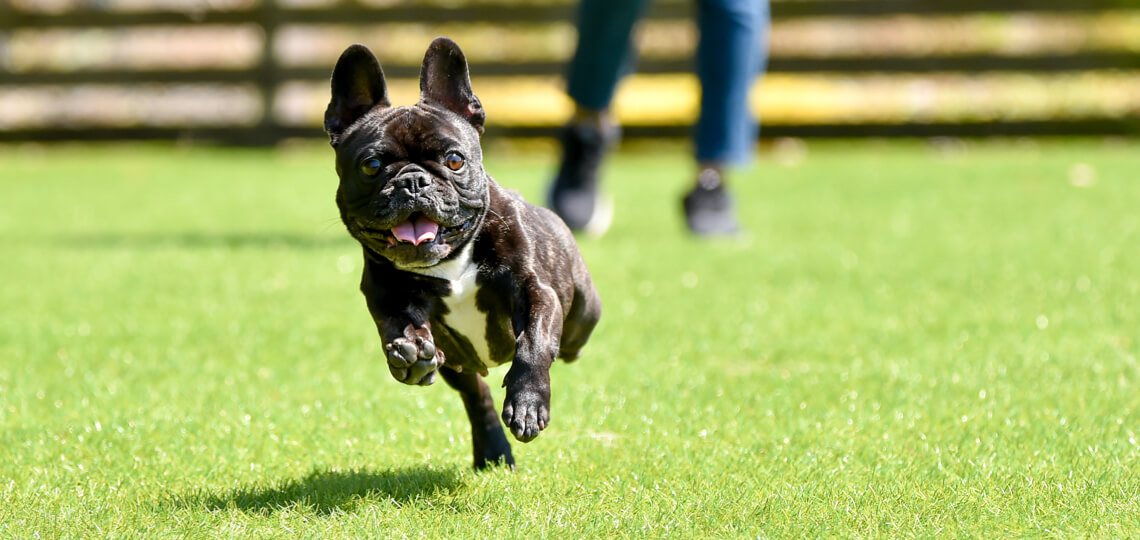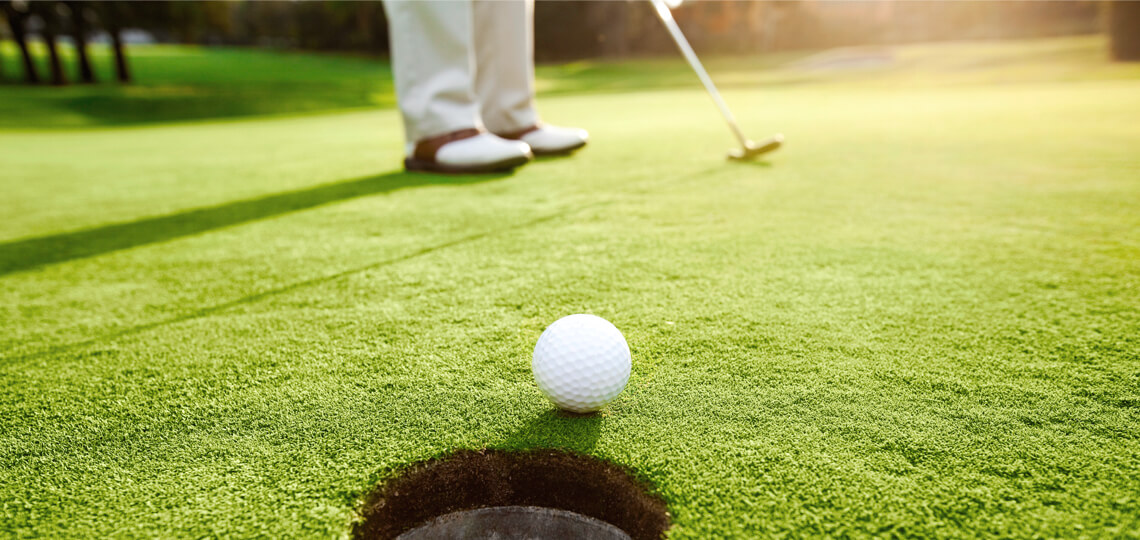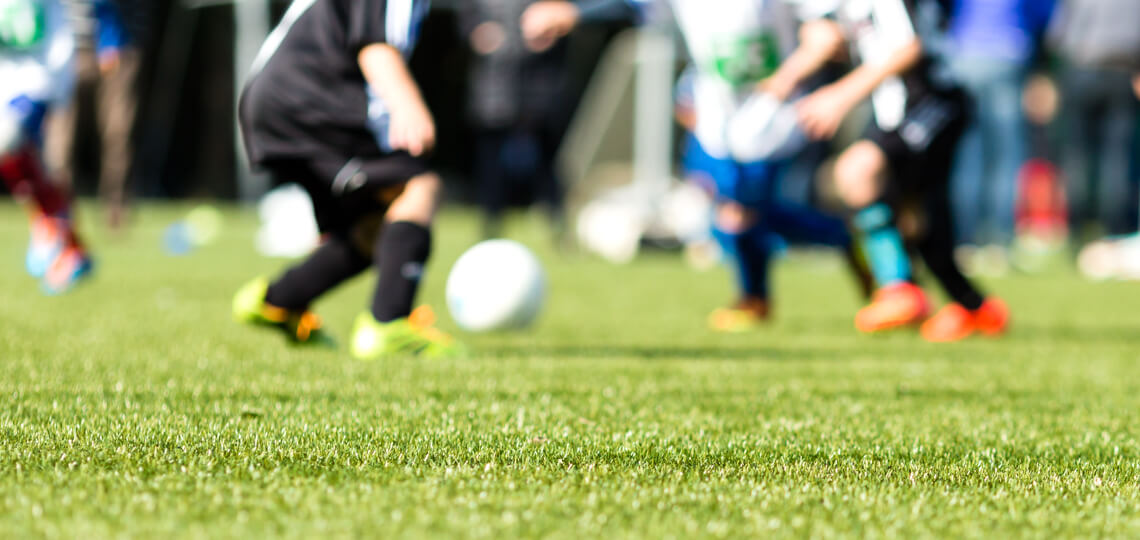Artificial Grass Installation in San Mateo & Santa Clara County
Are you tired of watering your grass and forking out money just to maintain your lawn? If so, it might be time to consider installing artificial grass in your outdoor living space. Not only will you be able to eliminate the chore of mowing the lawn, but you won’t have to water or aerate your lawn. Not to mention, synthetic grass looks lush all year round, no matter the weather.
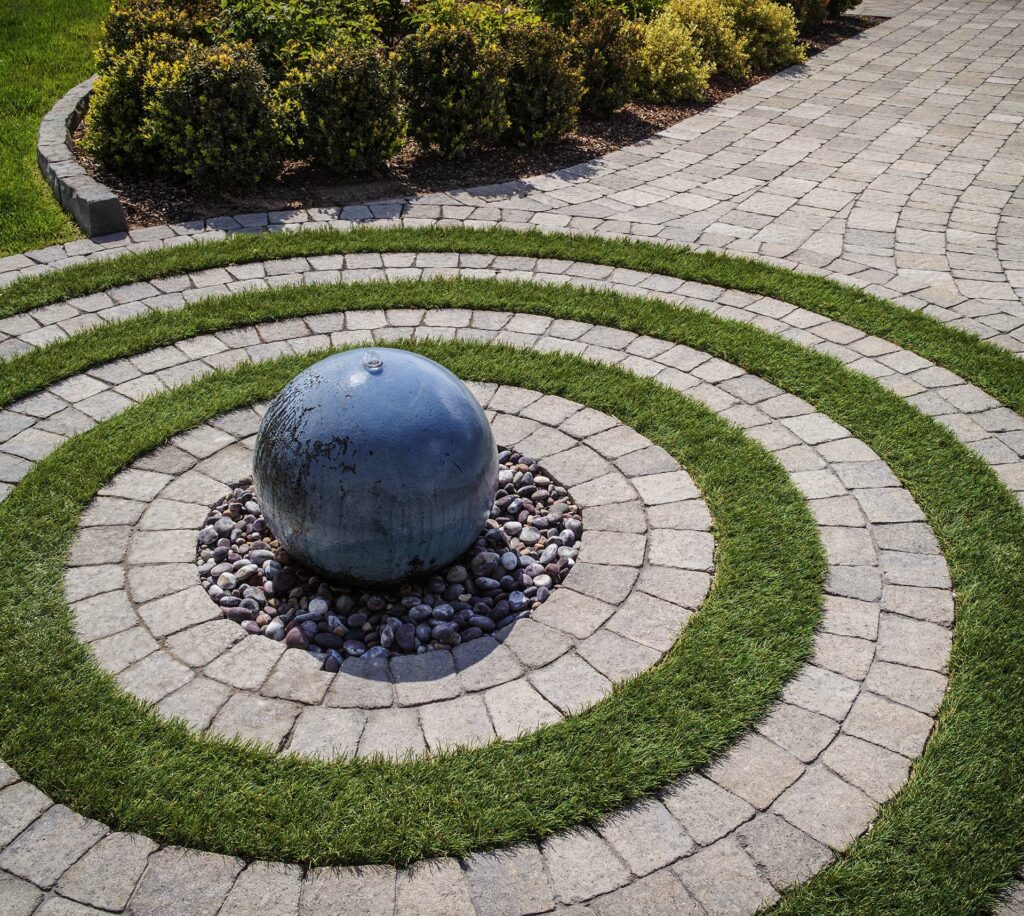
Why Choose Sequoia Outdoor?
We take care of the design, purchasing, preparation and installation. Need your artificial turf replaced or repaired? We do that too!
Why Install Artificial Grass?
Chances are if you have a large grassy front or backyard, your water bill might feel painful, especially during the summer months. Synthetic turf is a great way to drastically reduce your monthly bill, boost your curb appeal and compliment the aesthetic of your house. Synthetic turf is low maintenance making it especially appealing to homeowners who are often out of town on business, take a lot of vacations, or rent the property out. After the turf installation process, you’re looking at a very low-cost and low-maintenance lawn.
Turf is especially appealing for pet owners because of its easy cleanup. Not to mention, you won’t have to worry about your dog tearing up the grass or digging holes in it. Call today to learn how artificial grass is a safe, sanitary, and low-maintenance lawn option for homes with dogs.
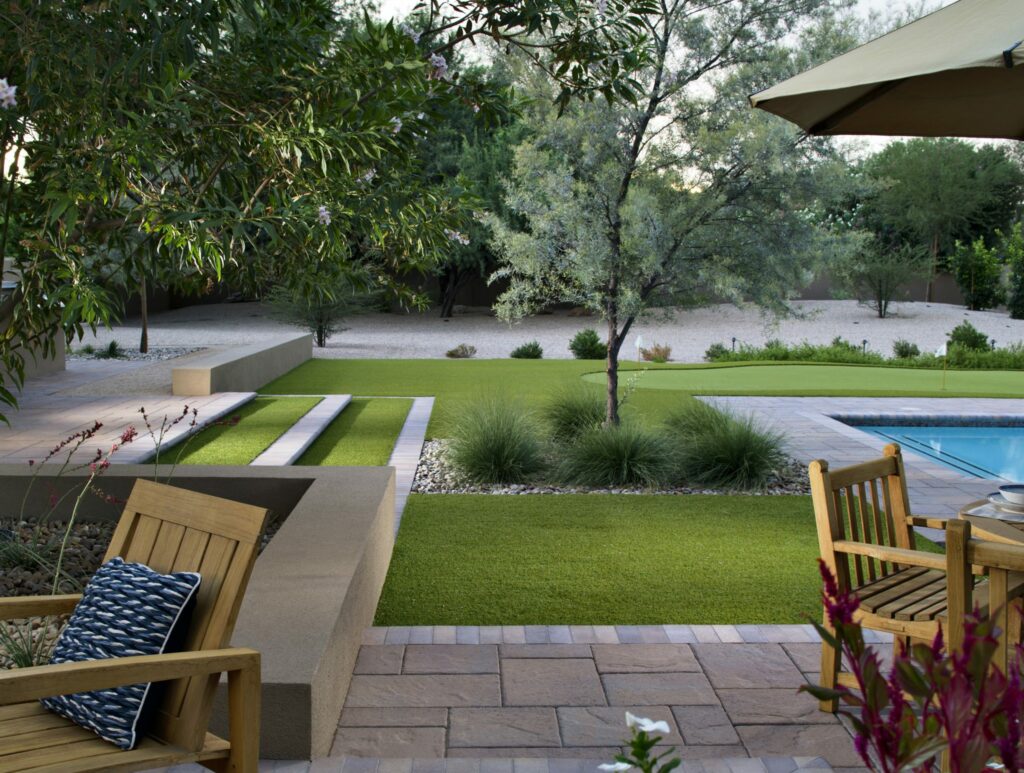
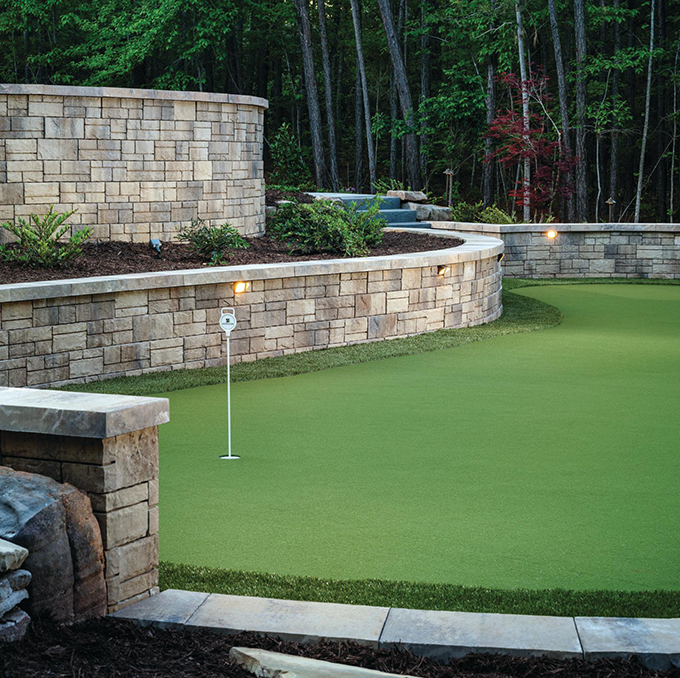
The Artificial Turf Installers Bay Area Residents Prefer
Our team has over 35 years of experience installing synthetic grass and can install any artificial turf project in San Mateo County. If you’re interested in learning more about how we can help with your artificial grass project, call us today!
Our Artificial Grass Offerings
Benefits of Artificial Turf in Northern California
- Instantly boost your curb appeal & property value
- Eliminate mowing your lawn and other grass maintenance tasks
- Most of California is in a drought! Help the environment and save money on your water bill by using less water outdoors
- Enjoy a lush turf lawn year-round with our Urine Zero pet solution
Urine Zero – The Pet Odor Solution
- Eliminates pet urine odors
- Uses advanced microbe technology
- 100% natural and environmentally safe
- Comes in liquid concentrate form
- Order now from $49.99 – $119.99.
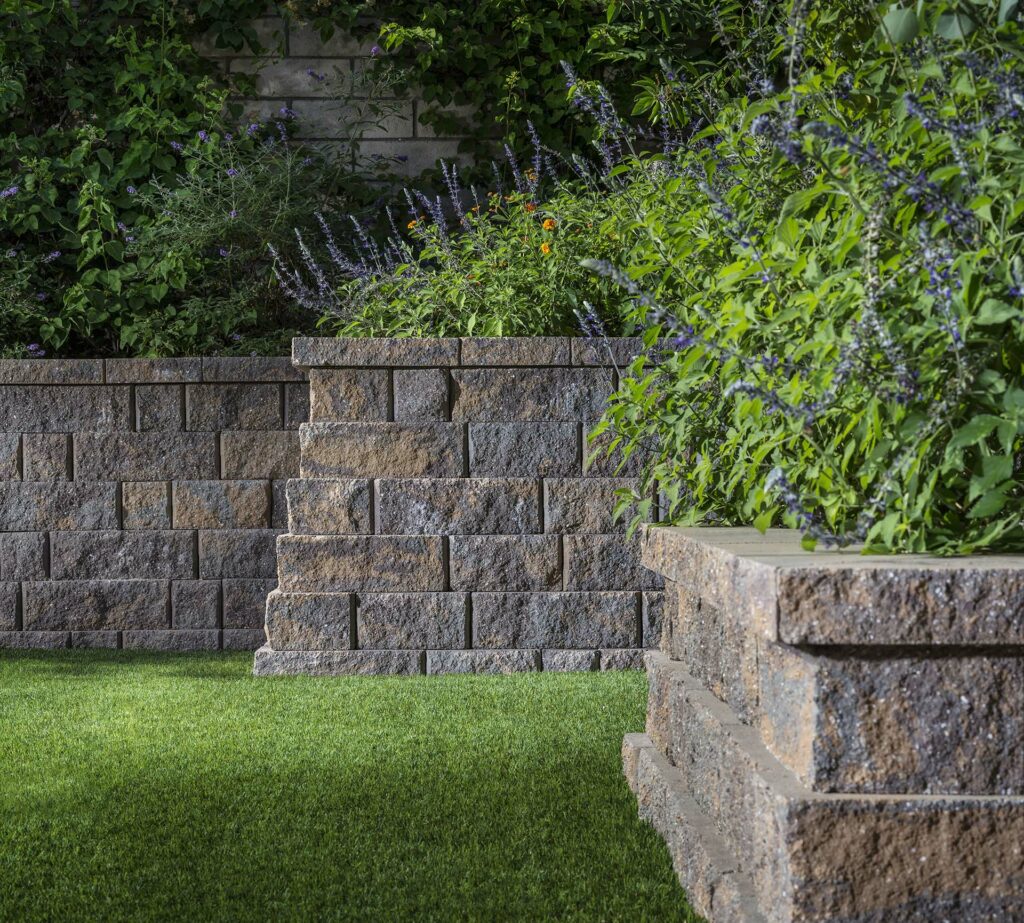
Artificial Grass Installation Phases
Frequently Asked Questions
Absolutely! Many of our Bay Area customers opt for more than one service to achieve the yard they’re looking for. Browse our projects page to see our pavers, landscape design and outdoor living services in action with artificial grass installation.
Many artificial turf companies buy cheap products and install them without the proper licensure needed to do it right. A cheap product, paired with poor installation practices, can mean a difference of 20 to 30 years when it comes to the longevity of your investment. At Sequoia Outdoor, we use only the highest quality materials and the finest artificial turf installation team to make sure your turf lasts for years to come.
